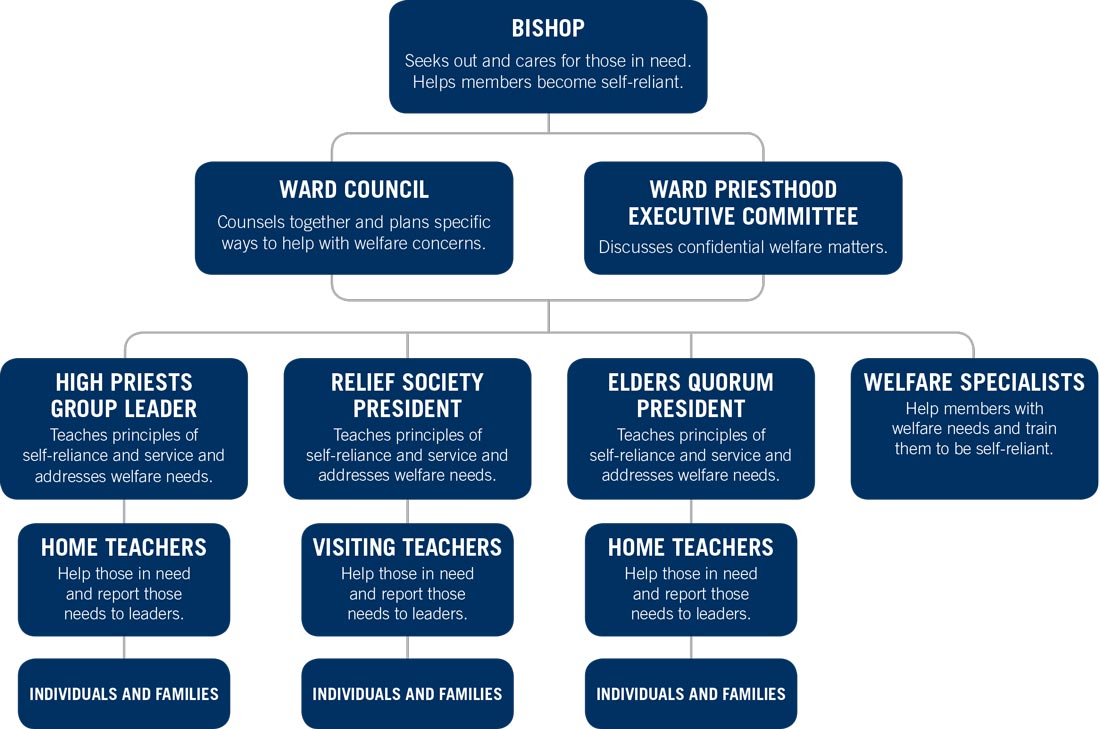Recognizing the Impact of the Lord’s Storehouse
From the following list, choose and complete one or more activities that best apply to your situation.
 Activity 1
Activity 1
Go to newsroom.lds.org and conduct a search for “Welfare.” Review the headlines about the Church’s welfare program and its work with various government leaders and groups.
As a group, discuss the following:
- What projects has the Church welfare program been involved in?
- What does welfare encompass?
- What is the impact of the welfare program in the world?
- In your opinion, why does the Church’s welfare program get so much attention and praise?
- What are your feelings and thoughts about welfare?
 Activity 2
Activity 2
Watch the short documentary on the Church’s welfare program that aired on PBS (see pbs.org/video/2365789090). As you watch the video, pay attention to the impact that the welfare program has on global and local communities. Write down any impressions or insights you have. Once the video is over, share these insights with the group.
 Activity 3
Activity 3
Refer to the most recent “Welfare Services Fact Sheet,” which can be downloaded on the Church welfare site.
Review the amount of volunteer hours, projects, disaster response efforts and humanitarian service rendered in 2015. Share with the group any insights or experiences you have with the global impact of the Lord’s storehouse on people in need throughout the world.


